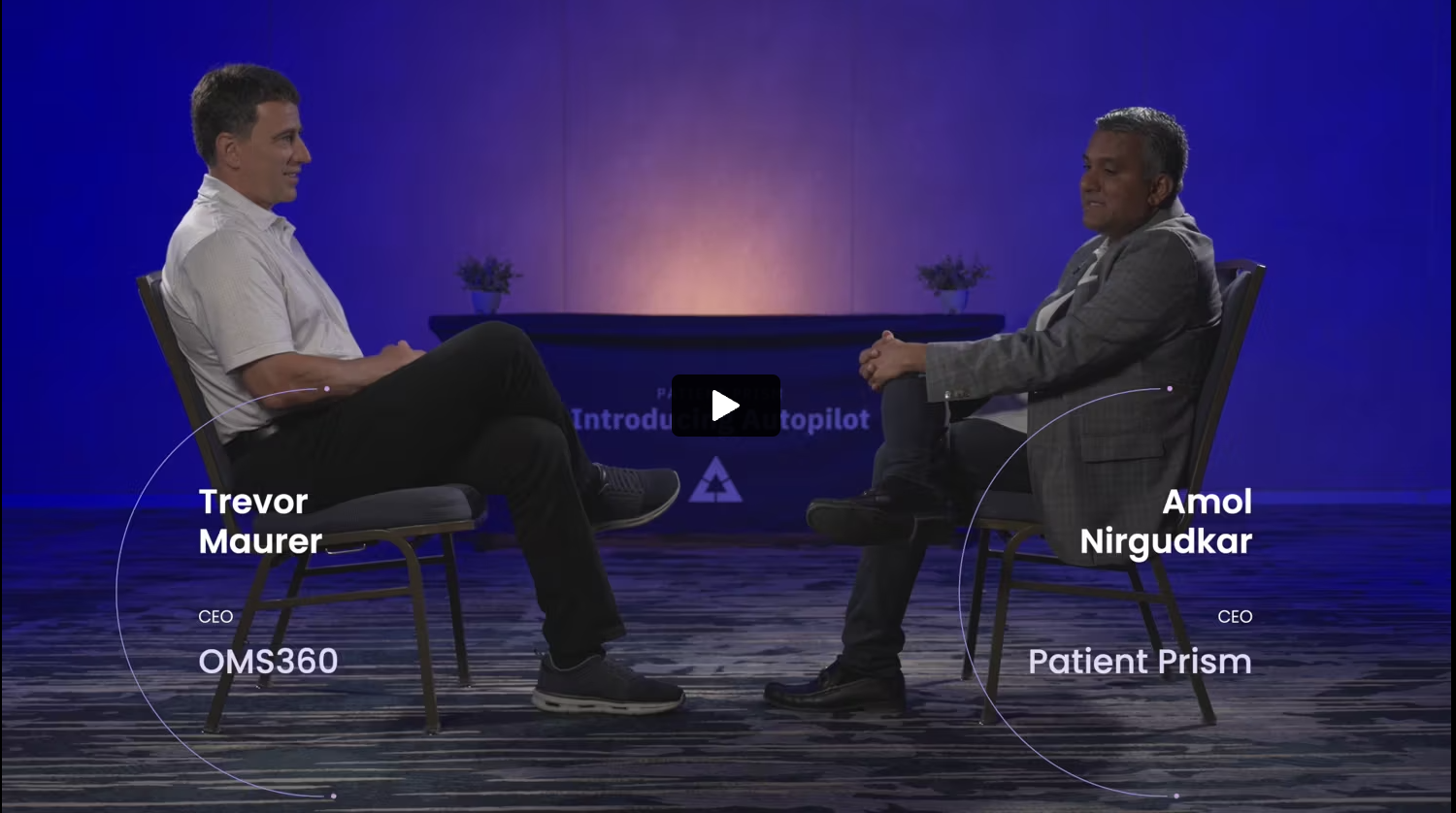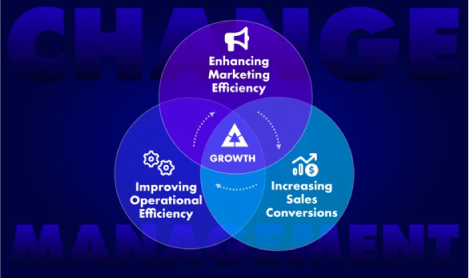Financial Challenges for Orthopedic Practices. Orthopedic practices today are sailing through turbulent financial waters, encountering a slew of challenges that threaten their traditional revenue streams while also facing unique opportunities that could pave the way for future growth and stability. With declining reimbursements from Medicare and private insurers, it’s becoming increasingly critical for these practices to hone their operational efficiencies and innovate their service offerings. This blog post delves into the financial hurdles and prospects that orthopedic practices encounter, offering insights on how they can not only survive but thrive in this dynamic environment.
Financial Challenges and Opportunities in Orthopedic Practice
Orthopedic practices today are caught in a complex financial web, facing several challenges that could potentially stifle their growth. However, within these challenges lie significant opportunities for those ready to innovate and adapt. Here’s a comprehensive look at the landscape:
Financial Challenges for Orthopedic Practices
1. Declining Reimbursements: Navigating the Financial Tightrope
Financial Challenges for Orthopedic Practices. One of the most pressing issues for orthopedic clinics is the steady decline in reimbursement rates from Medicare and private insurers. This trend pressures practices to maintain profitability while continuing to provide top-notch care. To counter this, practices are refining their billing strategies, maximizing coding efficiency, and ensuring that every service delivered is accurately documented and billed. Furthermore, exploring alternative revenue streams such as offering boutique services or specialized care packages can help offset these declines.
2. Cost Management: Tightening the Belt with Smart Choices
Cost management has never been more crucial. Practices are turning to more cost-effective treatment modalities and streamlining operations to reduce overheads. This includes embracing technology that automates administrative duties, thereby reducing labor costs and minimizing errors that can lead to claim rejections or payment delays. Strategic investments in technologies like automated appointment scheduling systems, electronic health records (EHRs), and advanced diagnostic tools not only cut costs but also enhance service delivery.
3. Technological Investments: The Double-Edged Sword
While technology incurs upfront costs, it holds the promise of long-term savings and new revenue opportunities. Implementing systems like EHRs and patient management software can significantly enhance operational efficiency and patient satisfaction. These improvements often translate into better health outcomes, potentially increasing patient retention and referrals, which are vital for a practice’s growth and reputation.
4. Specialized Services: Carving Out a Niche
Developing specialized services, such as sports medicine, pediatric orthopedics, or advanced arthroscopy, allows a practice to stand out in a crowded market. Specialization can enable practitioners to charge a premium for expert services, thereby boosting revenues. It also positions the practice as a leader in specific areas of orthopedics, attracting patients seeking specialized care not widely available elsewhere.
5. Ancillary Services: Expanding the Revenue Pool
Financial Challenges for Orthopedic Practices. Incorporating ancillary services such as in-house imaging, physical therapy, or offering orthobiologics can create additional revenue streams. These services enhance the convenience and comprehensiveness of care, encouraging patients to stay within the practice’s ecosystem for most, if not all, of their orthopedic needs. This not only increases patient satisfaction but also keeps more healthcare spending in-house.
6. Value-Based Care Models: The Future of Healthcare
Engaging in value-based care models presents another lucrative opportunity for orthopedic practices. These models reward providers for high-quality, cost-effective care focused on patient outcomes rather than the volume of services provided. Successfully participating in these programs can lead to incentive payments that significantly enhance a practice’s revenue while improving patient care standards.
Financial Challenges for Orthopedic Practices
Financial Challenges for Orthopedic Practices. Transitioning to these new business models and integrating costly technologies demands careful financial planning and risk assessment. Practices must consider their specific patient demographics and local market conditions to ensure their investments yield a profitable return. Effective risk management strategies and continuous market analysis are essential to navigate these changes successfully.
Orthopedic practices must stay agile in the face of evolving financial challenges. By embracing technology, refining cost management strategies, and expanding service offerings, these practices can uncover new paths to profitability and sustainability. As the healthcare landscape continues to shift, the most successful practices will be those that can balance the scales of quality patient care and sound financial management.
This overview should provide a detailed understanding of the financial dynamics at play in orthopedic practices today. By addressing both the hurdles and the opportunities, practices can strategically position themselves for sustainable growth and success.















 A few minutes can change everything.
A few minutes can change everything.